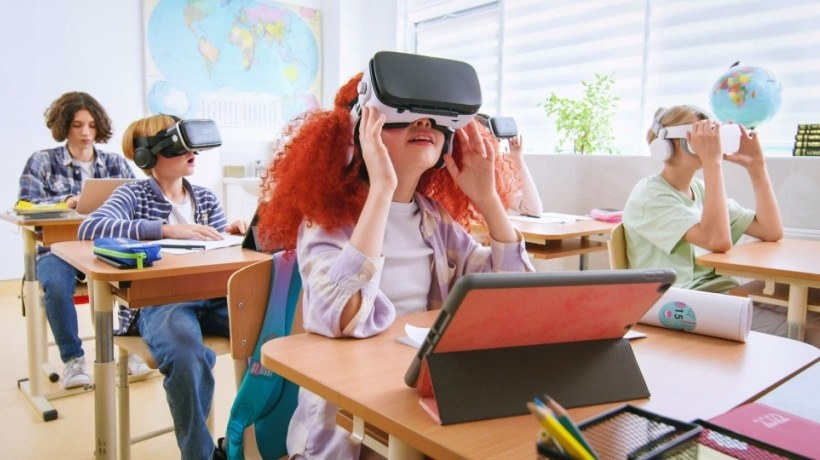
"Immersive technologies are changing how people learn. In eLearning, immersive technology includes all the tools and experiences that go beyond screens and static content. You may think of Virtual and Augmented Reality (VR/AR), and you're right, but there are many more, such as Mixed Reality (MR) or AI-driven simulations. All these technologies pull learners into interactive, 3D environments where they can practice, explore, and engage with material in a real way."
"This change is significant. For learners, training becomes more engaging and memorable because they actively participate instead of just absorbing information. This causes retention rates to improve as the brain remembers experiences better than text. Immersive environments also allow learners to try and make mistakes without real-life risks or costs. For example, medical students can practice surgery without harming a patient, and new hires can explore a company's workflow before using actual equipment."
"Organizations also benefit greatly. Instead of spending money on training costs such as facilities and transportation, they can offer virtual training that works for teams anywhere. This saves costs and ensures consistent training. Additionally, with AI and analytics in these platforms, companies can collect valuable data on learner interactions, highlight strengths, and identify areas where employees need help. This information helps improve training programs and build stronger workforce skills."
Immersive technologies encompass VR, AR, MR, and AI-driven simulations that create interactive 3D environments for practical, hands-on learning. Learners experience higher engagement and improved retention by actively participating and learning through experience rather than passive content. Immersive environments enable safe, cost-free practice and error-making in realistic scenarios, such as surgical rehearsal or exploring workplace workflows. Organizations reduce facility and travel costs, deliver consistent remote training, and scale learning across distributed teams. Embedded AI and analytics capture learner interactions, identify strengths and weaknesses, and inform targeted improvements to training programs and workforce skill development.
Read at eLearning Industry
Unable to calculate read time
Collection
[
|
...
]